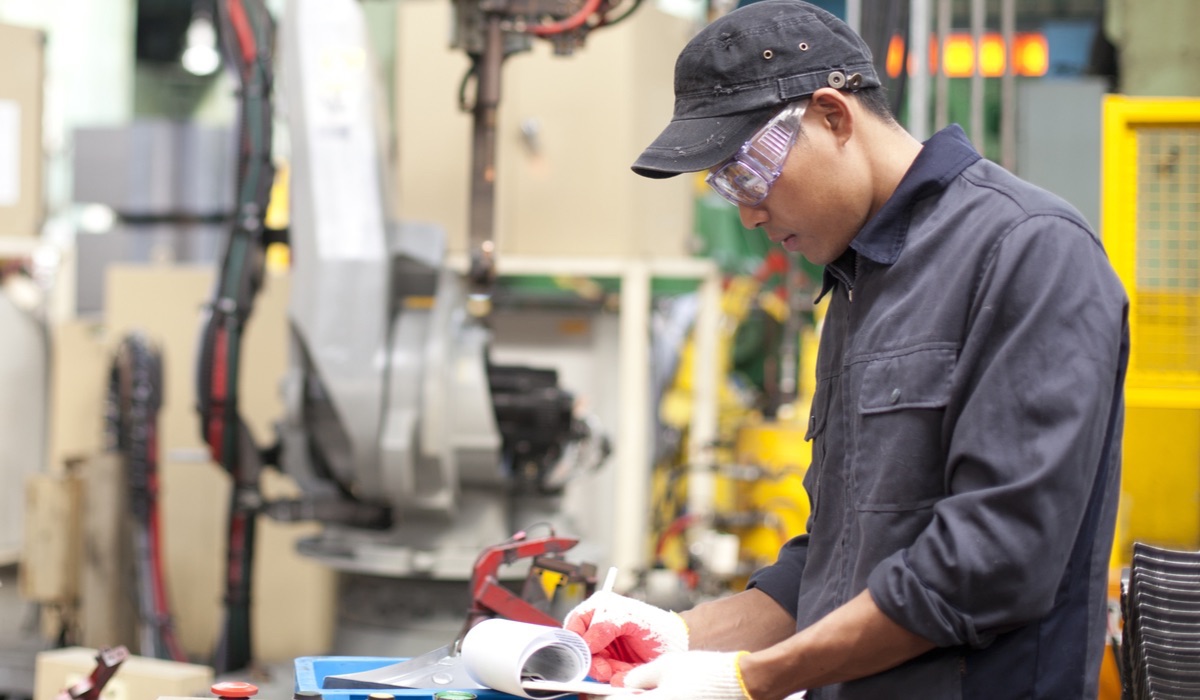The state of retail has recently seen an
increase in supply chain pressure from retail giants like Amazon that are increasing the pace at which supply chains need to operate.
This increase in pressure and pace mean that your product needs to be on the shelves faster which puts large amounts of strain on your quality procedures, which can result in lower quality products hitting the market.
This is risky.
Quality is complex at the best of times, and as you juggle this increase in pace, it can be difficult to stay on top of the smaller cogs of the quality machine.
So what are retailers doing to avoid potential low quality products?
They have begun
outsourcing their quality systems to qualified third-party providers to help alleviate some of that supply chain pressure. One of the primary solutions retailers opt for, is a quality audit – to highlight those weak spots within your supply chain and create a plan of action for how you can address them.
In this blog post, we take a look at the purposes of
a quality audit for your household goods brand; we take a brief look at what the benefits of outsourcing your quality procedures are and what these benefits can mean for your organization.
Three Ways To Do conduct an Audit
Auditing has become a crucial tool for managing and monitoring the implementation of the quality systems of many factories. Let’s take a look at the three ways that these audits can be performed;
- In-house audit – This is performed internally by an in-house team. They measure the strengths and weakness of quality and production systems against any international/external standards and regulation. This form of auditing is unable to provide your organization with any form of certification.
- Second-party audit – This is when an organization performs an audit of their potential supplier, to ensure that they can meet your production requirements. Often these audits can be completed onsite to review the internal technical processes of the supplier, but this audit can also be performed off-site in the form of documentation reviews. It will be up to your organization to define what exactly you want to audit to help you make a well-informed decision about your supplier. This type of audit has nothing to do with QMS certification, as only a registered third-party auditing organization can provide this.
- Third-party audit – This is conducted by a qualified audit organization, that is not connected to the supplier or brand by any nature. M
 any organizations consider third-party audits for many reasons, mainly they have come to the decision to create a quality management system (QMS) such as ISO 9001. A third-party auditor would come in and assess whether or not this organization meets the requirements as laid out by the above QMS. A third-party auditor will then provide your organization with a certification stipulating that you meet the requirements as laid out. This is often a preferred audit option as the results are unbiased and certification has become a competitive differentiator.
any organizations consider third-party audits for many reasons, mainly they have come to the decision to create a quality management system (QMS) such as ISO 9001. A third-party auditor would come in and assess whether or not this organization meets the requirements as laid out by the above QMS. A third-party auditor will then provide your organization with a certification stipulating that you meet the requirements as laid out. This is often a preferred audit option as the results are unbiased and certification has become a competitive differentiator.
In defining the above, if we have not left you pondering which one is better then we have not done our job…
The great old In-house Vs. Third Party debate;
You may be thinking that you are capable of maintaining high levels of product quality through your in-house quality teams, and while this may be true for now, but you do need to ask whether or not you can maintain and meet the demands of that ever-increasing consumer nature.
I think it may be worth re-looking at the debate with your bottom line, your resources and time in mind…
The Purposes Of A Quality Audit For Your Brand
In defining
the purpose of an audit for your brand, you will be able to understand who should be conducting your audit. The main objectives are as follows;
- Certification – Many household goods retailers that produce a product that contains high levels of risk, such as toys and electrical appliances, etc. and are wanting to do business in Europe will need to comply with the CE directive as laid out the European Commission. The management system of your supplier will need to be assessed according to any one of the ISO standards and the certified accordingly. Bear in mind that the auditing company you choose to use will need to be certified by a regulatory body to certify you.
- Performance versus compliance/conformance audits – Many audits have different purposes. It will be important to try and make sure that if you are performing an internal audit, that you keep it as holistic as you possibly can. Your audit will need to assess compliance and performance. The audit report will need to identify the suppliers standing according to both of these categories.
- Follow-up audit – An audit will often present findings that will need time to rectify, in which a follow-up will be needed to ensure that corrective actions have taken place.
With your purpose in mind, are you able to come to know who should be conducting your factory quality audits?
The five benefits of using a third-party quality auditor
If you are unsure of the benefits that a third-party quality provider can provide you take a quick look here;
- Expertise – Third-party auditors undergo formal auditing training and experience to notice noncompliance and unethical situations. This wealth of knowledge and experience will be of benefit to your organization.

- Efficiency – A third-party auditor has the infrastructure to ensure they meet your organization’s auditing needs.
- Technology – They have the appropriate tools and technology to ensure a successful audit of your supplier.
- Accountability – A third-party auditor will have pledged to uphold a certain code of ethical conduct and are held accountable to the greater company policies, rules, and regulations.
- Risk Reduction – A third-party auditor is trained to identify mishappenings within the quality systems of a potential supplier. This insight allows you to manage risk early on.
Key Takeaways
Producing high-quality products, with no defects that could result in recalls, is likely a top priority for you and your brand.
Are you able to invest your time and more resource to ensure that your internal audits are of the highest quality, unbiased and according to the requirements of a QMS like ISO 9001?
You may need to consider
outsourcing your audits to certified third-party auditors. They will be able to provide you with QMS certification, performance and conformance evaluation, they can offer follow-up audits and also provide insight into improvement strategies that would be of benefit to a successful supplier relationship. All of the above are things that your consumers highly value, which will positively impact your bottom line and strategically place your brand in the marketplace.
WOULD YOUR COMPANY STAND TO BENEFIT FROM
PREVENTIVE QUALITY MANAGEMENT?
 any organizations consider third-party audits for many reasons, mainly they have come to the decision to create a quality management system (QMS) such as ISO 9001. A third-party auditor would come in and assess whether or not this organization meets the requirements as laid out by the above QMS. A third-party auditor will then provide your organization with a certification stipulating that you meet the requirements as laid out. This is often a preferred audit option as the results are unbiased and certification has become a competitive differentiator.
any organizations consider third-party audits for many reasons, mainly they have come to the decision to create a quality management system (QMS) such as ISO 9001. A third-party auditor would come in and assess whether or not this organization meets the requirements as laid out by the above QMS. A third-party auditor will then provide your organization with a certification stipulating that you meet the requirements as laid out. This is often a preferred audit option as the results are unbiased and certification has become a competitive differentiator.
